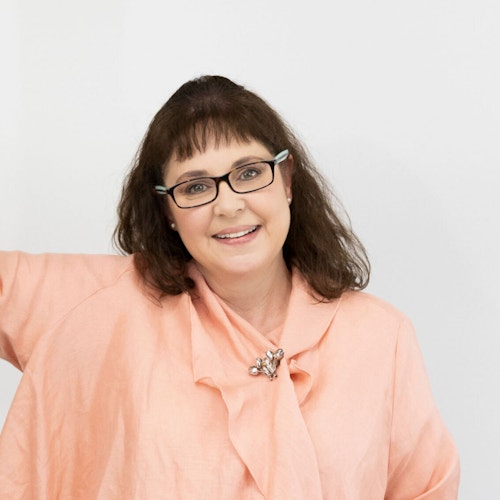
Stronger Smarter takes students from classroom to country
Published 9:30am 22 October 2020

 Words by Jodie Powell
Words by Jodie Powell
Since its inception 15 years ago, the Caboolture-based Stronger Smarter Institute has worked with more than 70,000 Indigenous young people across Australia to help them realise their potential.
Stronger Smarter Institute chief executive officer Dr John Davis says the organisation still follows the philosophies developed by Caboolture’s Chris Sarra while he was working as the first Indigenous principal at Cherbourg State School.
“It (Cherbourg) became a lighthouse school to reflect what can be done in a complex environment,” Dr Davis, known as JD, says.
The Stronger Smarter team delivers a range of online and in-person programs to urban, rural and remote communities.

Tailored to local knowledge
“Our core focus is transformative education,” JD says.
While Stronger Smarter Institute principles are used for each program, JD says they are delivered tailored to local knowledge and strengths in consultation with each community.
He says not using a one-size fits all approach is critical to the success of the Institute’s programs.
“The idea is that those strengths are within local community context,” he says.
“Localised knowledge is such a big part of what we do.
“The (education) gap is not with our mob, it’s the (mainstream) system.”
JD says using local knowledge, combined with tried and tested education philosophies, allows Stronger Smarter to create transformative change in highly complex communities.
One example, he says, is in the area of Science, Technology, Engineering and Mathematics (STEM).

Igniting passion for STEM
The Institute has secured National Indigenous Australians Agency funding to engage young Indigenous people with STEM through the Stronger Smarter Institute Science Technology Engineering Maths Indigenous Knowledge (SSiSTEMIK) program.
JD says while independent testing by the internationally recognised Programme for International Student Assessment (PISA) shows Indigenous people have a higher propensity for being interested in science, this has not traditionally been reflected in the number of Indigenous people studying the subject.
But he says applying a cultural lens and context is bridging that gap, with scholarship grants available for the next 100 female leads in STEM.
“In the data there’s this reflection of our mob having a gap when it comes to STEM. But there’s the strength of us being here 40,000 years, the strength of being connected to this land.
“If we teach STEM on a computer then we miss the opportunity to go on country and look at other ways of using design technology.
“There is an excitement and energy about STEM. It’s about how to embed Indigenous knowledge in STEM.”
JD says traditional methods used by fire practitioners with `cool fires’ were the perfect example of Indigenous custodians using sophisticated scientific techniques perfected over tens of thousands of years to prevent bushfires and manage land regeneration.
Passing that along to future generations through STEM programs is a powerful way to ensure the knowledge is not lost, and to ignite a passion for Indigenous science.

Bridging the gap
JD says reaching for the future, and showing students the practical application of the knowledge they are gaining, is important.
“We know we have to keep doing things differently if we are to bridge the gap in Indigenous education,” he says.
“Being both Indigenous and an educator, it’s how we go about teaching in this world.
“You have to put it into action and that’s something we are very proud of.
“It’s not just big theory and glossy paper, it’s things you can use.
“Stronger Smarter is about opportunities of hope.”
Read more news here
Related Stories
Top Stories

Seven charged in Operation Lasso
Police have arrested seven people, including some from North Lakes and Mango Hill, on 20 charges, after a road safety operation last night.


Popular Stories

Beach-front tree deliberately poisoned
A huge Norfolk Pine tree on Redcliffe’s foreshore has been deliberately poisoned and is in danger of being cut down.

Polar Plunge for Special Olympics
A Morton Bay mum will plunge into icy water next month to raise money for Special Olympics – and she wants others to join her. Here's how to get involved...

Photo gallery: 2024 Jetty 2 Jetty
More than 5000 people took part in the Jetty 2 Jetty Half Marathon and Fun Run on Sunday, July 21 – running, walking or rolling in one of five categories. Check out the photo gallery













